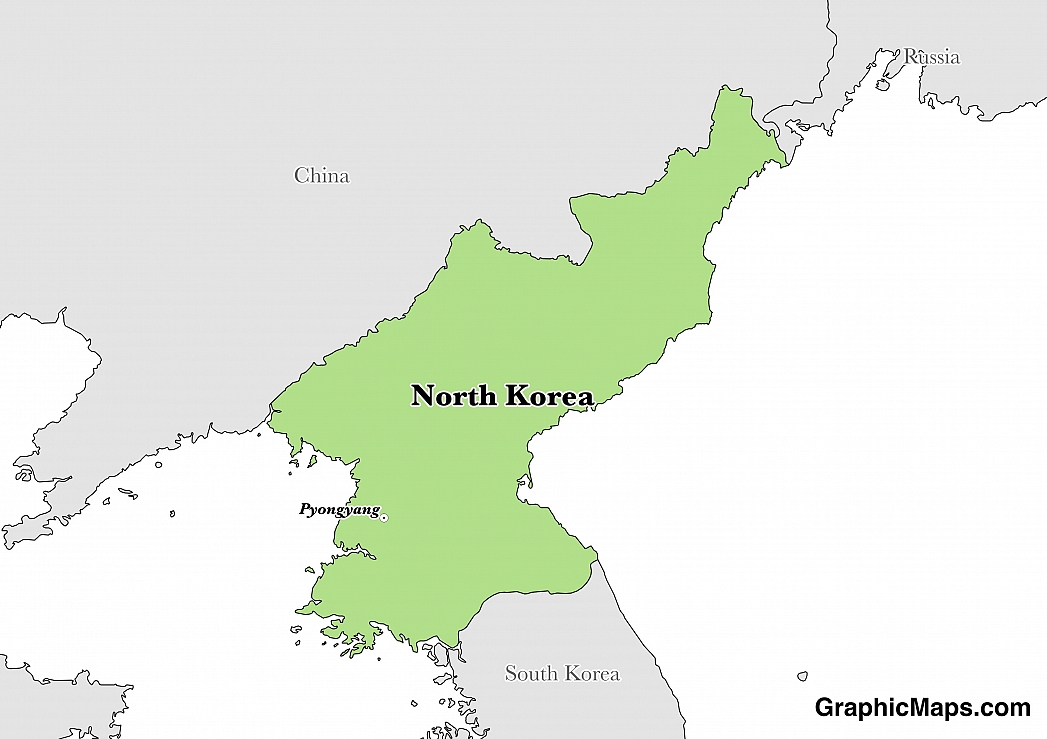The Korean language is part of the Koreanic language family. In the past, some linguists have suggested that the language belongs to the Altaic family of languages, but academic research refutes the claim. Also, linguists classify Korean as a language isolate but it is related to several extinct languages. The Korean alphabet is known as Hangul. It was invented in the 15th century by King Sejong the Great. The writing system comprises 21 vowels and 19 consonants. It combines features of syllabic and alphabetic writing systems hence its letters are written in syllabic blocks instead of sequentially.
All the nationals of North Korea speak the Korean language but a few dialects of the language exist. The dialects have clear boundaries, and they differ according to the regions of the country. Natives of Pyŏngyang, Hwanghae, Chagang, South Pyŏngan, North Pyŏngan, and the northern parts of Hamgyŏng speak the Pyŏngan dialect, which is the basis of the official language of the country. The regional dialect of the people of Rasŏn, Ryanggang, the northeastern region of Pyŏngan, and most parts of Hamgyŏng is the Hamgyŏng variation, while the inhabitants of Yeongseo region in Kangwŏn Province speak the Central Korean dialect.
Most native English speakers find it difficult to master the Korean language, mainly because it is not related to any other existing language. However, there are some common Korean phrases that learners or visitors can find useful when interacting with native speakers of the language. The expression for general greetings in Korean is annyeonghaseyo, which when translated into English means hello. When greeting someone over the phone, one uses the word yeoboseyo and not annyeonghaseyo. When someone wants to inquire how you are they use the phrase eotteohke jinaeseyo, and you reply with jaljinaeyo. Hwangyong-hamnida means welcome, and to express your gratitude to someone in Korean you say kamsahamnida or komawo.
Majority of the North Korean population is ethnically homogenous, and there is very little ethnic or racial diversity in the country due to its strict regulations on immigration. According to a census report released by the nation in 2008, 99.998% of the people of North Korea are native Korean speakers, while people of other nationalities constitute the remaining 0.002%. Minority communities in the country include repatriated Koreans, and immigrants from Japan and China. There are also small communities of Indians and Americans.
This page was last modified on May 1st, 2018
More on Graphicmaps

Published on 2019-11-06
What is a Trade Embargo?

Published on 2019-11-04
Which Two Countries Used to Have the Same Flag?

Published on 2019-09-16
What Is the Only Two-Sided State Flag?

Published on 2019-09-16
Which Country Flag Looks Like the Texas Flag?

Published on 2019-08-29
Flags That Resemble the US Flag

Published on 2019-08-20
